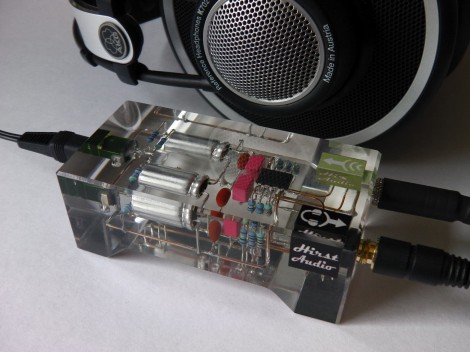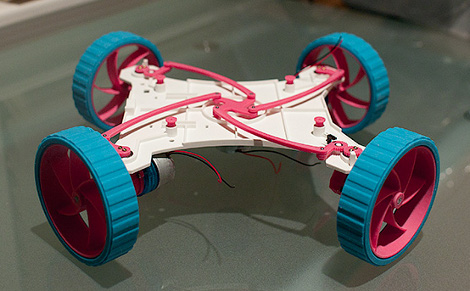
Here’s one good thing about the bitter cold Midwestern winter, it helps keep you from overheating when working around a hot furnace. Back in February this iron pour happened in the parking lot of the Madison, Wisconsin based Sector67 Hackerspace. Look, they’re making iron hearts!
Now this isn’t just a bunch of members who got together and decided to do some casting. As you can tell in the video after the break the team knows what they’re doing. The event was a collaboration with FeLion Studios, a custom cast-iron art boutique. But the Hackerspace participants did get to take part in the process of building the cast, watching the pour, and cleaning up the rough results.
One of the people from FeLion Studios just appeared on the Martha Stuart Show, along with a 550 pound cast-iron frying pan United States map. [Chris] from Sector67 tells us the New York frying pan that [Martha] is hold was a product of the parking lot pour.













Recent Comments